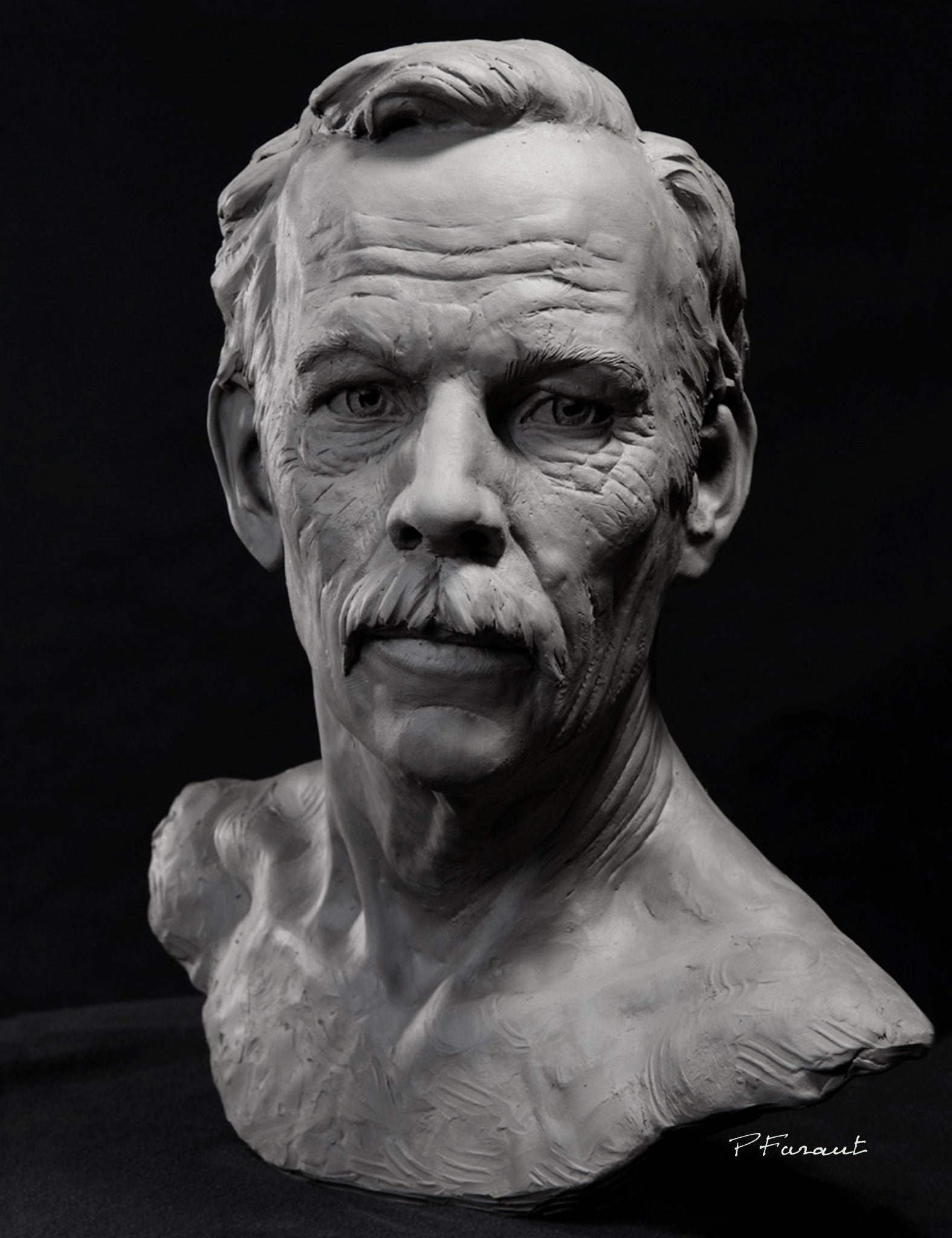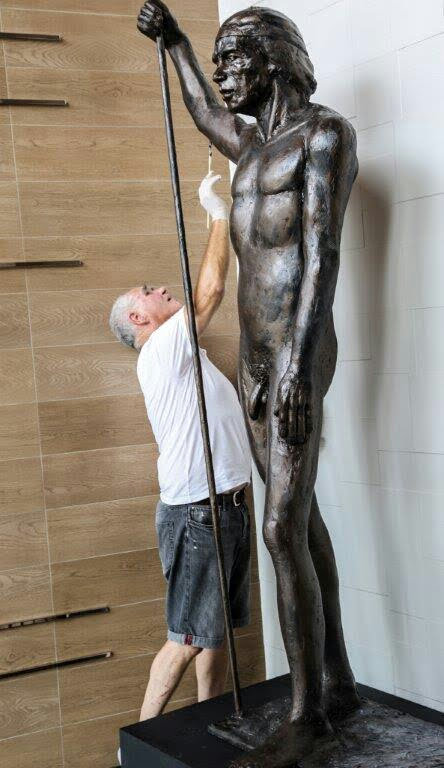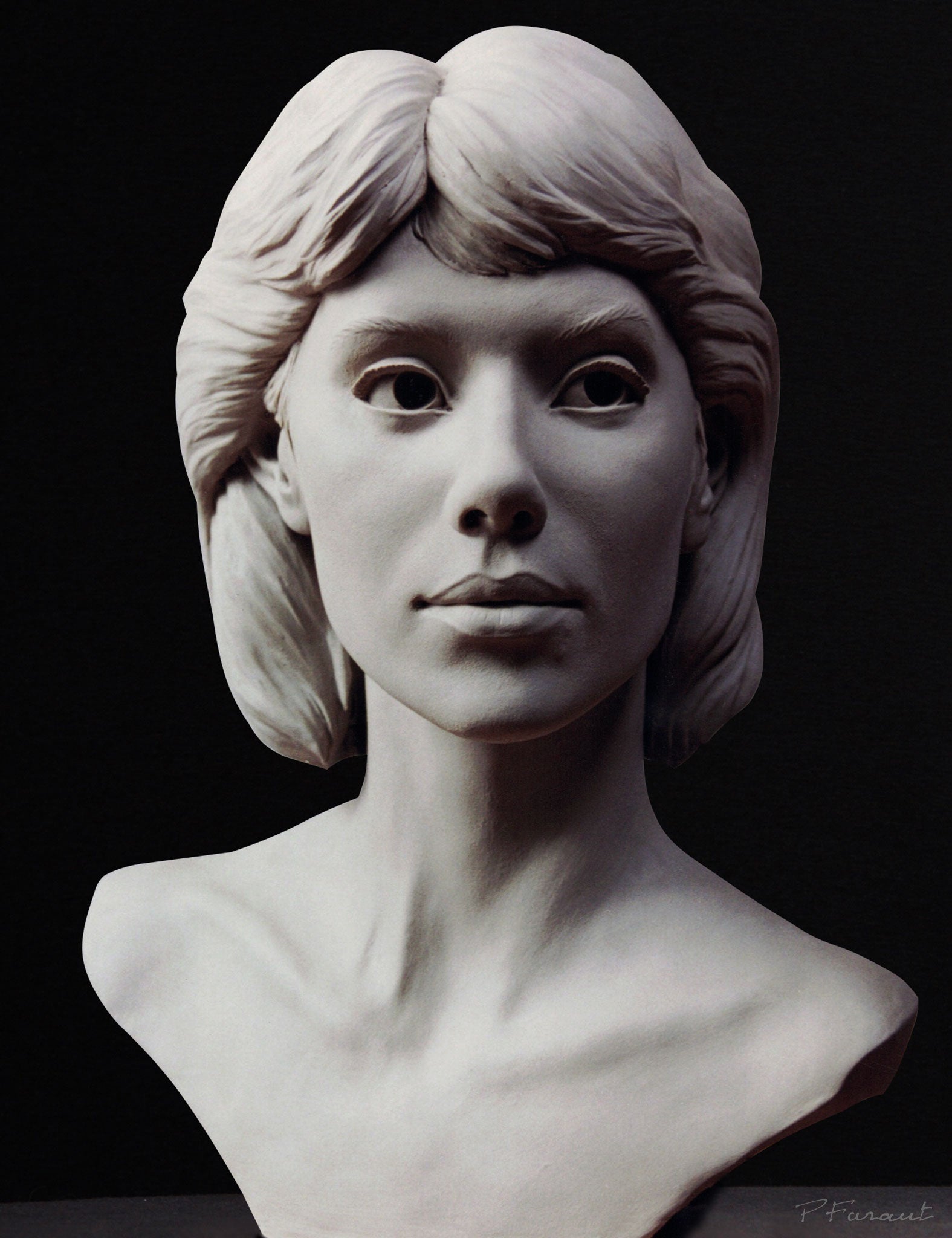Shaping the Human Type: Representations of the Body in Sculpture
Shaping the Human Kind: Portrayals of the Body in Sculpture is an extensive exploration of the creative representation of the body throughout background. This event looks into the different methods, styles, and cultural point of views that have formed the method artists have portrayed the human form in sculpture. From the elegant marble sculptures of old Greece to the intricate work of arts of the Renaissance, from the luxuriant and flamboyant Baroque and Rococo sculptures to the progressive and abstract expressions of modern and contemporary sculpture, this event supplies a captivating trip through the advancement of this timeless art type - Contemporary Sculptures. By examining the varied interpretations and representations of the body, visitors will obtain a deeper understanding of the imaginative, social, and social influences that have formed our understanding of the human form.
Ancient Greek Sculptures

One of the specifying features of Ancient Greek sculptures is their emphasis on proportion. Each component of the body is thoroughly crafted to be in percentage to the whole, developing a sense of balance and consistency. The artists paid cautious interest to every detail, from the positioning of muscle mass to the positioning of arm or legs, making sure that each number showed up both effective and elegant.
The Greeks likewise valued the principle of idyllic charm. As opposed to portraying the blemishes and problems of the human form, they sought to produce an idyllic version of fact. The sculptures often depicted gods, goddesses, and athletes, with their bodies shaped to excellence. Robert C Hitchcock Sculptor. This idealized representation of the human form not only celebrated physical beauty but additionally worked as a method of motivating and boosting the visitor.
Renaissance Masterpieces
Proceeding the expedition of the representation of the human kind in sculpture, Renaissance masterpieces better fine-tune the idealized principle of charm, structure upon the unified and balanced proportions of their Ancient Greek predecessors. Throughout the Renaissance duration, which covered from the 14th to the 17th century in Europe, artists sought to revive the timeless ideals of old Greece and Rome. They researched and imitated the jobs of the ancient masters, pursuing a reasonable representation of the human body.
His masterpiece, the sculpture of David, exemplifies the excellence and poise that ended up being identified with Renaissance art. Standing at over 17 feet tall, the sculpture represents the biblical hero in a state of calm prior to his battle with Goliath.
One more noteworthy Renaissance sculptor was Donatello. His sculpture of Saint George, developed in the early 15th century, showcases the artist's capability to communicate toughness and the aristocracy through the human form. The statue portrays the famous dragon-slaying saint in a poised and certain stance, exuding a sense of heroism.
Renaissance work of arts not just celebrated the physical appeal of the human body yet additionally conveyed much deeper definitions and emotions. Through their precise focus to information and proficient craftsmanship, Renaissance artists boosted the art of sculpture to brand-new elevations, leaving a long lasting tradition that remains to influence musicians to now.
Baroque and Rococo Sculpture
Baroque and Rococo sculpture exhibits the ornate and luxurious portrayal of the human type during the 17th and 18th centuries. Musicians such as Gian Lorenzo Bernini and Alessandro Algardi created sculptures that shared activity, typically portraying numbers in significant postures.
Rococo sculpture, on the other hand, became a reaction to the grandiosity of the Baroque period. It welcomed a more playful and delicate approach, concentrating on attractive details and intricate designs. François Boucher and Jean-Baptiste Pigalle projected Rococo carvers who crafted jobs defined by their style and beauty. They usually portrayed figures in graceful and sensuous postures, mirroring the lighthearted and whimsical nature of the Rococo design.
Both Rococo and baroque sculpture positioned a terrific focus on the human type, commemorating its appeal and revealing a variety of emotions - Bronze Sculptures. Whether it was the vibrant and powerful numbers of the Baroque or the graceful and enchanting numbers of the Rococo, these sculptures captured the significance of the human experience, leaving a long lasting effect on the art globe
Modern and Contemporary Sculpture
The advancement of forming the human type continues in modern and modern-day sculpture. Modern sculpture arised in the late 19th century as a feedback to the changing political and social landscape.
In the 20th century, the rise of abstraction and conceptual art brought brand-new possibilities for artists. Musicians like Henry Moore and Barbara Hepworth discovered the relationship in between form and room, developing organic and abstracted numbers that challenged traditional concepts of depiction. Moore's huge bronze sculptures and Hepworth's carved stone jobs are commemorated for their innovative usage of products and their capability to evoke a feeling of the body in a non-literal method.
Contemporary sculpture proceeds to press the borders of depiction and discover brand-new materials and methods. Musicians like Antony Gormley and Ron Mueck produce hyper-realistic sculptures that test our perception of the body, while others, such as Louise Bourgeois and Kiki Smith, utilize the body as an allegory for cumulative and personal experiences. The human kind stays a powerful subject in sculpture, giving a system for artists to discover identity, feeling, and the human problem.
Social Perspectives on the Body

In the exploration of shaping the human type, the assessment of social point of views on the human body reveals a varied and abundant tapestry of click resources interpretations and depictions. Throughout history, various cultures have actually held unique beliefs and worths relating to the human body, leading to distinct creative expressions - Robert C Hitchcock Sculptor. These cultural point of views form the way the body is illustrated and regarded in sculpture, reflecting societal norms, religions, and visual ideals
For circumstances, old Greek sculptures commemorated the idyllic human type, emphasizing physical appeal and athleticism. In contrast, old Egyptian sculptures focused on the preservation of the body in the afterlife, showing numbers with idyllic attributes and inflexible postures.
Similarly, cultural viewpoints on the human body in African art typically emphasize communal identification and spiritual ideas (Portrait Sculptor). Sculptures from different African cultures illustrate the body with exaggerated functions, signifying cultural worths and genealogical links. Indigenous societies in the Americas also have distinct point of views on the human body, often showing it in a spiritual context and highlighting the link in between people and nature
The evaluation of social perspectives on the body in sculpture permits us to gain understanding into the worths, ideas, and aesthetics of various cultures throughout background. It highlights the diversity of human experiences and the methods which art reflects and shapes our understanding of the human kind.

Conclusion
Finally, the portrayal of the body in sculpture has actually progressed gradually, mirroring various cultural perspectives and artistic movements. From the idyllic figures of Ancient Greek sculptures to the reasonable and stirring Renaissance work of arts, and the complex details of Baroque and Rococo sculptures, to the abstract and experimental forms of contemporary and modern sculpture. The human body has been a topic of attraction and creative expedition throughout history, showcasing the diverse analyses and expressions of the human form.
Forming the Human Form: Representations of the Body in Sculpture is a detailed exploration of the imaginative depiction of the human body throughout background. From the splendid marble sculptures of ancient Greece to the complex masterpieces of the Renaissance, from the ornate and flamboyant Baroque and Rococo sculptures to the progressive and abstract expressions of modern and modern sculpture, this exhibition offers a fascinating trip through the advancement of this classic art form. Musicians like Antony Gormley and Ron Mueck create hyper-realistic sculptures that challenge our perception of the human body, while others, such as Louise Bourgeois and Kiki Smith, utilize the body as a metaphor for collective and personal experiences. The human form continues to be a powerful topic in sculpture, supplying a system for musicians to discover identification, emotion, and the human problem.
From the idealized numbers of Ancient Greek sculptures to the realistic and emotive Renaissance masterpieces, and the detailed information of Baroque and Rococo sculptures, to the abstract and speculative forms of modern-day and contemporary sculpture.